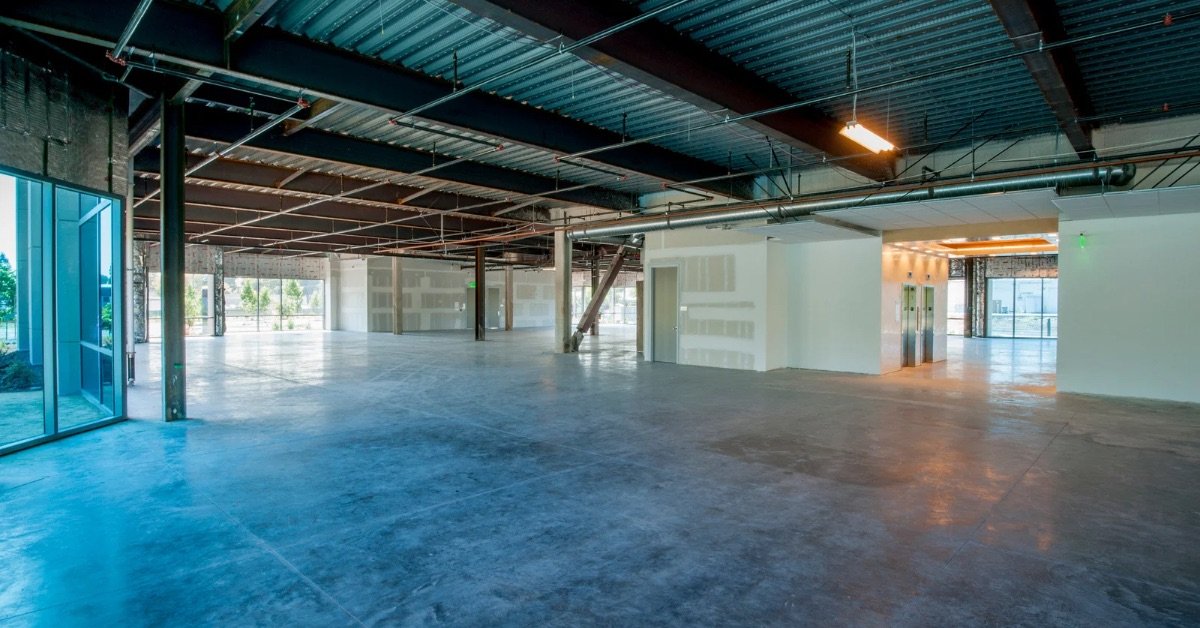The commercial construction industry is evolving faster than ever in 2025. Rising material costs, labor shortages, sustainability demands, and new technologies are reshaping how projects are designed, managed, and built. Staying competitive means understanding not only what’s trending but why these trends are becoming critical to success, especially in sectors like healthcare and education, where precision, safety, and operational efficiency are paramount.
Regent Construction specializes in delivering safe, high-quality projects for medical facilities, educational campuses, and tenant improvements across the Pacific Northwest. Here’s a deeper look into the top five trends impacting commercial construction in 2025 — and how they’re reshaping the healthcare and education sectors in particular.
1. Sustainable Building Materials Are Now Standard
Sustainability has shifted from a “nice-to-have” to an essential requirement for medical and educational facilities.
School districts and healthcare systems are leading the demand for materials that reduce environmental impact without compromising safety, durability, or performance.
In 2025, major sustainable materials include:
- Recycled steel and reclaimed wood — supporting LEED certifications for new campuses and hospitals.
- Carbon-smart concrete — critical for facilities focused on green building initiatives.
- Smart glass — reducing energy loads in patient rooms and classrooms alike.
At Regent Construction, we incorporate sustainable material strategies early in project planning to help healthcare and educational clients meet regulatory requirements and long-term energy goals.
2. Prefabrication and Modular Construction Continue to Surge
Speed and operational continuity are crucial for hospitals and schools, where downtime can impact patient care or disrupt learning.
Prefabrication and modular methods offer game-changing benefits:
- Reduced on-site construction times — minimizing disruptions in active hospital wings and educational facilities.
- Precision fabrication — ensuring medical-grade compliance for healthcare spaces like surgery centers and imaging suites.
- Cost control and quality assurance are essential for publicly funded school construction projects.
Regent Construction frequently leverages modular solutions to accelerate timelines and guarantee quality for our healthcare and education clients.
3. Technology-Driven Project Management Becomes the Norm
Complex facilities — like hospitals and multi-building campuses — demand sophisticated project management tools.
Technology is transforming how projects are coordinated, executed, and communicated.
We use:
- BIM (Building Information Modeling) to plan operating rooms, patient flows, and learning environments with precision.
- Drones to monitor large construction sites, improving progress tracking without interrupting daily operations.
- Real-time project management systems to ensure transparency between our team, our clients, and specialty consultants.
These tools are especially critical in healthcare and education, where budget predictability, clear communication, and safety compliance are non-negotiable.
4. Energy Efficiency Drives Building Systems Design
Energy-efficient designs are now expected for new medical and educational facilities.
Hospitals must reduce operating costs, and school districts are increasingly investing in sustainable campuses.
Key advancements include:
- Smart HVAC systems that adapt to occupancy, perfect for variable classroom and hospital wing usage.
- LED lighting with daylight harvesting to enhance student wellness and patient recovery rates.
- Solar and renewable energy integrations for new school buildings and hospital campuses.
Regent Construction partners with energy consultants and mechanical engineers to embed these efficiencies early, ensuring compliance with state and federal energy programs.
5. Automation and Robotics Ease Labor Pressures
Maintaining active hospital operations or minimizing disruptions during school terms requires a dependable, skilled workforce.
To supplement our crews and ensure consistency, automation and robotics are playing a growing role in:
- Robotic drywall finishing for hospital expansions and school interiors.
- Autonomous surveying equipment to increase job site efficiency and reduce setup time on large campuses.
- AI-driven site safety monitoring — critical in active healthcare environments where patient and visitor safety is the top priority.
By blending skilled labor with technology, Regent Construction ensures that healthcare and educational projects stay on schedule without compromising quality or safety.
Conclusion
The commercial construction landscape — particularly for healthcare and education — is moving fast.
Building smarter, safer, and more efficiently is not just about keeping up with trends; it’s about setting higher standards for the communities we serve.
At Regent Construction, we are proud to lead this evolution, bringing innovation, collaboration, and precision to every project. Whether you’re planning a hospital expansion, a new learning center, or tenant improvements, we have the expertise and forward-thinking approach to bring your vision to life.
Ready to talk about your next project? Contact Regent Construction today — let’s build the future together.


